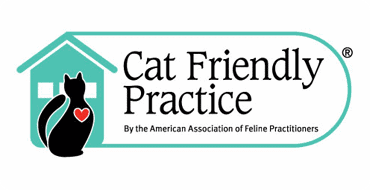It seems winter has arrived. We have highs in the 30’s all week, and I’ve witnessed snow flurries the last two mornings. Being a generally cold-blooded person, I can’t say I’m quite ready to accept the disappearance of 60 degree weather, but unfortunately I have no say in the matter. This also means my dog won’t be getting nearly as many walks as before, and the cats are a little more demanding of lap time (though I don’t mind the furry little heaters).
This is the time of year we start seeing weather-related injuries in our patients. Sores on dogs’ feet from walking across ice melt products, anti-freeze toxicity, frostbite on extremities, burns and lacerations on cats that curled up under the hood of a warm car. With that in mind, here are a few reminders about pet safety in winter:
• Use a pet-safe ice melt product (Morton Safe-T-Pet is a good one, developed with veterinarians). Products containing calcium chloride can be corrosive to skin and the intestinal tract. Sodium chloride can cause electrolyte abnormalities that can be life-threatening if ingested in large amounts. The ASPCA has a great article on specific risks of ice melt ingredients. Obviously not everyone will use pet-safe ice melt, so to be safe, be sure to wipe your pet’s feet after a walk (including between toes) to remove any crystals that have stuck to them.
• Store antifreeze away from pets, and wipe up any spills. It only takes about a teaspoon to kill a cat, or a tablespoon to kill a 10 lb dog. Don’t take the risk.
• If you park your car outdoors, check under the hood before starting your car for neighborhood cats, or any other wildlife that may have decided your engine was a good place to stay warm.
• Limit outdoor time for pets once the weather is below freezing, as it is this week. Just because they have fur doesn’t mean they’re immune to cold. Just because I wear gloves outside doesn’t mean my fingers aren’t ice cubes when I come inside. If your pet stays outside, make sure they have access to a garage or shed with warm bedding, and make sure they have plenty of water that is not frozen over.
One last tip, though not really a safety hazard: If you’re like me and don’t take your indoor dogs out as often during the winter because it’s way too freaking cold, then reduce how much food they get by 10% or so. Those extra pounds they gain laying around all winter are harder to burn off the next spring. However, if your dog lives outdoors, they may need to eat more, as they burn more energy trying to stay warm.
Stay warm this winter, and keep your pets warm and safe!


